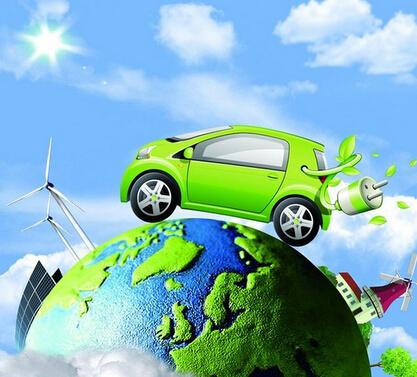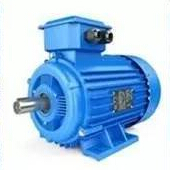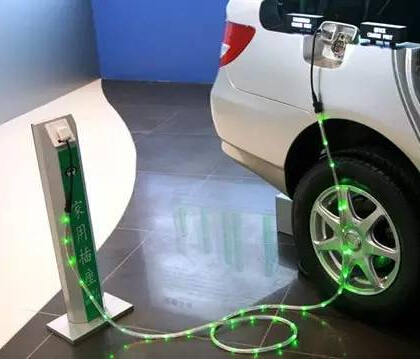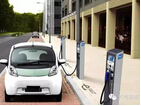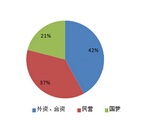In recent years, new energy vehicles have developed rapidly in the market, and the birth of a batch of new vehicles has made the market somewhat mixed.
We know that at this stage, new energy vehicles are inseparable from batteries, so in the early stage, in order to develop high-density batteries and models with large cruising range, the government has given strong support in the past two years. In addition to subsidies, you can also enjoy the first-tier city license policy, which can be said to have a green light all the way.
However, this year, the standard has been re-customized in terms of subsidies, and the requirements are becoming more and more strict. However, in less than a year, the net subsidy will fall 40% in 2019, and it has become the focus of everyone's attention.

The new energy subsidy standard is subsidized from three aspects: cruising range, battery energy density and vehicle energy consumption coefficient. The specific subsidy amount is: new energy passenger car bicycle subsidy amount = mileage subsidy standard × battery system energy density adjustment coefficient × vehicle energy Consumption adjustment factor.
Net transmission subsidies have fallen 40%, and technical standards are more demanding.
According to the news from the Internet, it is expected that the subsidy will fall by 40% in 2019, and the subsidy standard for passenger cars will fall by one dimension. From the cruising range, the cruising range R≥400km decreased from 50,000 yuan to 45,000 yuan, 300≤R<400km decreased from 45,000 yuan to 34,000 yuan, 250≤R<300km decreased from 34,000 yuan to 2.4. 10,000 yuan subsidy, 200 ≤ R < 250km from 24,000 yuan to 15,000 yuan subsidy, and 150-200km interval will no longer subsidize.

In terms of battery density, the subsidy policy standard for 2018 is that the energy density of a pure electric passenger car battery system is 120 times that of 120Wh/kg≤ρ<140Wh/kg, 140Wh/kg≤ρ<160Wh. The model of /kg is subsidized by 1.1 times, and the model of ρ≥160Wh/kg is subsidized by 1.2 times.
According to the 2019 standard, the threshold of energy density of the battery system has been determined to be 140Wh/kg, 160Wh/kg, 180Wh/kg, and will be subsidized by 1x, 1.1x and 1.2x respectively. According to the current mainstream level of power batteries, the density of lithium iron phosphate batteries is expected to be 160 wh/kg next year, and the density of ternary lithium batteries can reach 180 wh/kg.

The transition period is cancelled. The subsidy policy is expected to be introduced next month.
At the same time, the subsidy standard will not be set in 2019, and a buffer period of 4 months will be set according to the current standard of 2018 to reduce the pressure on car companies. And rumors that there will be no transition next year, there is no small pressure on car companies. The new regulations will be released next month, that is, December 2018, and will be implemented on January 1, 2019. The recommended catalogue will be overturned according to the new technical standards. The centralized declaration will be started at the end of the year to ensure the announcement of new and old models. Smooth handover.
New energy bus subsidy adjustment plan
In terms of new energy buses, the subsidy per kWh is reduced from 1200 yuan/kwh to 800 yuan/kwh, and the bicycle subsidy limit is unchanged. That is, the highest model of 10 meters or more is compensated for 180,000 yuan, and the 8-10 meter model is up to 12 10,000 yuan, 6-8 meters model is up to 55,000 yuan. Moreover, it is reported that the subsidy for logistics vehicle purchase will be cancelled next year, and the operation subsidy will replace the purchase subsidy and continue to support the promotion and operation of new energy logistics vehicles.
Why is the sudden subsidy falling so much?
It is not an accident that the subsidies for new energy vehicles have fallen sharply. It is only a matter of time. As early as 2015, the state clearly stated that the policy of retreating before 2020, and the subsidy cancellation after 2020 is no suspense. At the beginning of the development of new energy vehicles, the state also encouraged the development of subsidies for car companies and electric enterprises. It seems that many models have significantly improved their battery life and battery density, and the technical level has been relatively mature.

What impact will the new policy have?
If we look at the 40% decline in rumors, it is undoubtedly fatal for some car companies that rely on subsidies and investment on the market. For them, if there is no subsidy, the road to survival will be basically broken, and future delisting is inevitable. There are also some car companies, based on the sales share of fuel vehicles can temporarily relieve some of the pressure, but if the price is not subsidized, either the company pastes itself, or the price rises, as to whether it can be reached last, it is still unknown. In addition, for the new power of the car, the most urgent task now is to seize the time to mass production models in a limited time, otherwise some brands may not be listed, they will be out.
What positive effects will the elimination of subsidies bring?
The elimination of new energy subsidies is undoubtedly a double-edged sword. Although some car companies may rise in price, more is to let some manufacturers relying on fraudulent compensation and no core technology to surface, and finally the market will form a good development. It is not mixed with fish and dragons, making consumers difficult to distinguish between true and false.
On the battery side, the shortage of cobalt in the ternary lithium battery may lead to an increase in the cost of the battery in the future. This will bring about a survival crisis for new energy vehicles and vehicles after the subsidy is cancelled. In the future, it may re-develop lithium iron phosphate or even develop alternative products such as lithium. Sulfur, lithium air battery.
In addition, the low cruising range electric passenger car will not receive subsidies, but considering that the low-endurance new energy electric vehicle can still enter the "new energy vehicle promotion and application recommended model catalogue", it will still obtain the corresponding rights of new energy vehicles, such as in the limit New energy license plates are still available in cities with limited number limits. In addition, low-endurance passenger cars still receive new energy points, which is still an important positive news for automakers.
- Conclusion
Although it is only rumor, according to informed sources, it is not without this possibility. Judging from the current development of the new energy market, there are too many vehicles to survive by subsidies, so new regulations are imperative. And it is not far from the complete abolition of subsidies in 2022. The reduction of subsidies before this is also foreseen in advance. If the policy really falls in the future, it may lead to the adjustment of the structure of the new energy vehicle market
















 RCCN WeChat QrCode
RCCN WeChat QrCode Mobile WebSite
Mobile WebSite